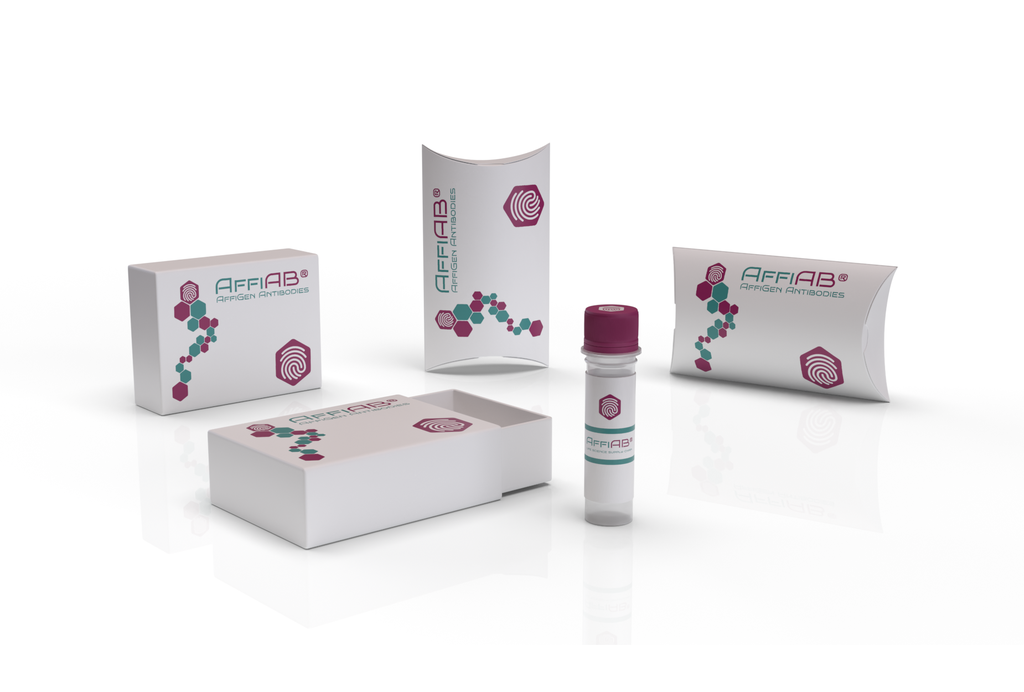AffiAB® Anti-FBXL2 Antibody
Calcium-activated substrate recognition component of a SCF (SKP1-cullin-F-box protein) E3 ubiquitin-protein ligase complex which mediates the ubiquitination and subsequent proteasomal degradation of target proteins. Unlike many F-box proteins, FBXL2 doesn't seem to target phosphodegron within its substrates but rather calmodulin-binding motifs. Targets PCYT1A for its monoubiquitination and degradation, this is antagonized by calmodulin (By similarity) . Targets the cyclins CCND2 and CCND3 for polyubiquitination and degradation, leading to cell-cycle arrest in G (0) , also antagonized by calmodulin. Binds to hepatitis C virus non-structural protein 5A (NS5A) in a reaction crucial for hepatitis C virus RNA replication.
Antibody type
Rabbit polyclonal Antibody
Uniprot ID
SwissProt: Q9UKC9 Human; SwissProt: Q8BH16 Mouse; SwissProt: F1M768 Rat
Recombinant
NO
Conjugation
Non-conjugated
Host
Rabbit
Isotype
IgG
Clone
N/A
KO/KD
N/A
Species reactivity
Human, Mouse, Rat
Tested applications
WB, IF-Cell, IHC-P
Predicted species reactivity
N/A
Immunogen
Synthetic peptide corresponding to Human FBXL2 aa 51-100 / 423.
Storage
Store at +4°C after thawing. Aliquot store at -20°C or -80°C. Avoid repeated freeze / thaw cycles.
Form
Liquid
Storage buffer
1*PBS (pH7.4) , 0.2% BSA, 50% Glycerol. Preservative: 0.05% Sodium Azide.
Concentration
1 mg/mL.
Purity
Protein A affinity purified.
Signal pathway
N/A
Recommended dilutions
WB: 1:1, 000-1:10, 000; IF-Cell: 1:50-1:200; IHC-P: 1:50-1:200
Molecular Weight
Predicted band size: 47 kDa
Subcellular location
Membrane.
Positive control
Mouse liver tissue lysate, mouse heart tissue lysate, SiHa, rat liver tissue lysate, A431, HUVEC, SH-SY5Y, human liver tissue, human kidney tissue, human pancreas tissue, mouse brain tissue.
